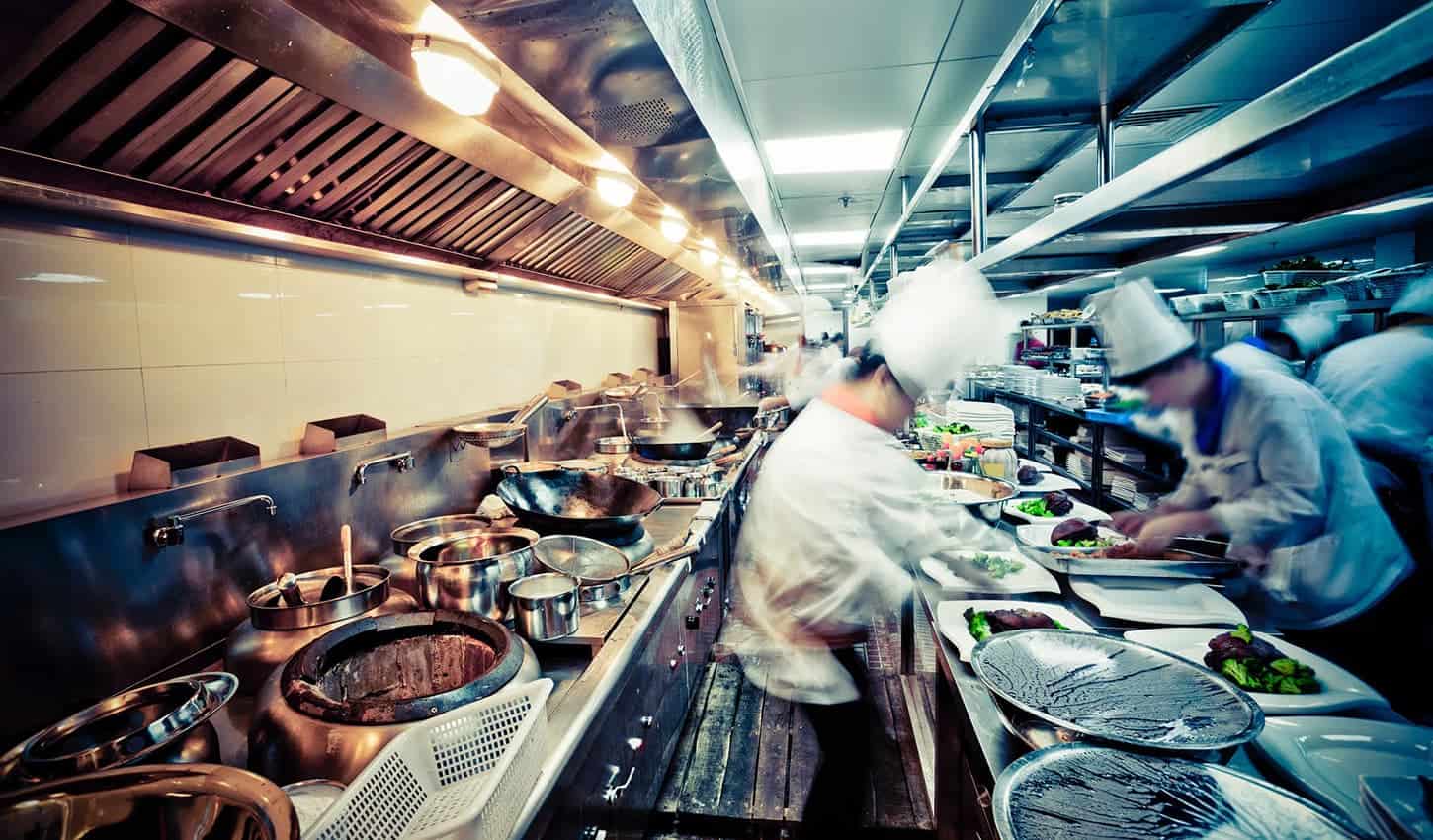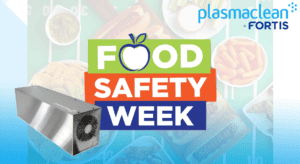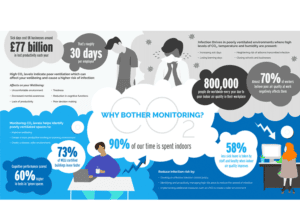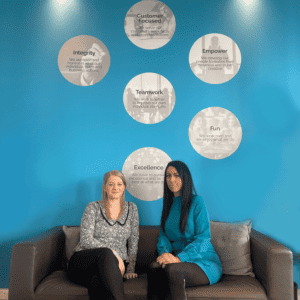[vc_row][vc_column][vc_column_text]As pupils return to schools after the summer holiday break, following a year and a half of disrupted learning, illnesses and infection will be on many parents’ minds.
Concern is usually concentrated on the common cold and sniffles, but the continued presence of COVID-19 means that infection control is demanding more of our attention. Attention it’s always deserved.
A common sense approach of routine cleaning and disinfection of common areas is no longer enough. Schools now have an urgent need to go above and beyond in taking a strong stance on infection control.[/vc_column_text][vc_column_text]
The impact of infection in schools
For pupils, parents, and schools, a sick day isn’t just a day where a child feels unwell. It’s also a missed day of learning essential skills, gaining knowledge, and growing and developing as a person. It could also have an impact on grades.
The spread of infection doesn’t only impact pupils though. Teachers and wider staff, at the forefront of preparing our children for their future, are also put at risk. With teachers spending at least 30 hours each week in the school environment, there are plenty of chances for them to be exposed to harmful airborne viruses.
Prior to the Coronavirus Pandemic, the average teacher had 4.1 sick days each year. There are around 624,500 full-time teachers across primary and secondary schools, with 54% of teachers having taken absence, and the average school day lasting around six hours. That’s the equivalent of 8 million learning hours and over 1.3 million school days being lost.
Even with these numbers, sick days have undoubtedly increased during the pandemic, meaning the real figure could be much higher.
As well as the health of your staff and pupils to consider, school absences also result in unexpected costs. Sourcing substitute teachers at the last minute and helping your pupils to catch up on missed learning not only disrupts the overall running of your school, but requires additional cost and resources that could have been prevented with a strong infection control strategy.
Infection spread in schools doesn’t just impact the physical health of pupils, parents and teachers. It can also impact their productivity. Unless an infection control strategy is in place, carbon dioxide can easily build up in indoor environments. The impact of too much carbon dioxide can cause pupils and teachers to feel tired or to lose concentration.
As environments aimed at creating our future workforce and leaders, it’s important that a child’s learning and wellbeing isn’t impacted by the threat of something which could have been avoided and easily resolved through an infection control policy.[/vc_column_text][vc_column_text]
Putting your school back in control
It’s time to retake the initiative with our proactive guidance on infection control in schools and other childcare settings. An effective infection control policy will play a huge role in reducing the number of staff and pupil sick days.
UV technology is proven to inactivate harmful airborne viruses in a matter of minutes, keeping education very much open for business.
Sensors that monitor your indoor air quality will identify the efficiency of your building’s ventilation system. Ineffective ventilation can result in airborne viruses transmitting and spreading throughout school corridors and classrooms. With a clean, well maintained ventilation system in place, schools can get a handle on infection prevention and control, with a secondary benefit of ensuring pupil productivity and concentration remains high.
Natural ventilation plays a vital role in infection prevention and control in schools. By opening doors and windows, fresh air can circulate throughout your school. During the cold, winter months, however, natural ventilation can spring up other unwanted challenges. Your staff and pupils will get cold with open windows, and you could unknowingly put them at risk of other outdoor pollutants, PM1 and NOx. You may also be throwing away money by losing any heat generated to the outdoors.[/vc_column_text][vc_column_text]
Implementing an infection control policy for schools
The evidence points to the same conclusion, your school’s infection control policy all starts with a good ventilation strategy. An effective ventilation strategy will work to stop the spread of airborne viruses, reduce carbon dioxide levels, humidity, and ensure thermal comfort within any indoor environment.
Ultraviolet germicidal irradiation (UVGI) is a key way schools can remain open for learning. UVGI technology treats and prevents the growth of harmful microbes, including airborne viruses, bacteria, spores, moulds, yeast and fungi.
Keep pupils and teachers protected from airborne viruses and your school will see a reduction in sickness and an increase in attendance levels. You won’t have to worry about unexpected costs and the resources required for dealing with last minute teacher absences.
As well as controlling and preventing infections, a sound ventilation strategy will also result in wellbeing benefits for your staff and pupils. These include improved productivity and concentration levels.
At Plasma Clean, we’re always striving to create cleaner, safer educational environments using indoor air quality sensors and UVC technology. Through our infection control consultancy, we measure indoor air quality levels in your educational facility using sensors and microbial swabs. Then, we’ll analyse the data before recommending a solution to implement and safeguard your staff and pupils. Depending on the results, this could be UVGI, traditional filtration or servicing of the ventilation system.
Prevent, control and stop the spread of airborne viruses in your school environment with Plasma Clean’s independently tested and certified Infection Control solutions.[/vc_column_text][/vc_column][/vc_row]








